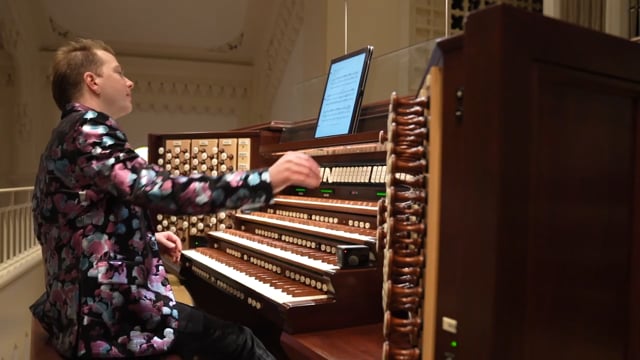
Létourneau Pipe Organs completed Opus 137 for Gloria Dei Lutheran Church, St. Paul, Minnesota: 59 stops, 60 ranks, 3,591 pipes over three manuals and pedal. The instrument includes pipework from earlier instruments by Casavant Frères and M. P. Möller, combined with new pipework by Létourneau.
The organ was delivered to the church in late October of 2022 and was installed in collaboration with the Organ Clearing House. The voicing of the instrument commenced after Thanksgiving with the welcome participation of Jonathan Ortloff for several weeks, and the project was wrapped up in the New Year.
Létourneau’s Opus 137 was played by Tim Strand in its first solo concert on April 23, 2023.
For information: https://www.letourneauorgans.com/organs/opus-137
The organ is featured on the cover of the June 2023 issue of The Diapason.
Other organ builder news:







